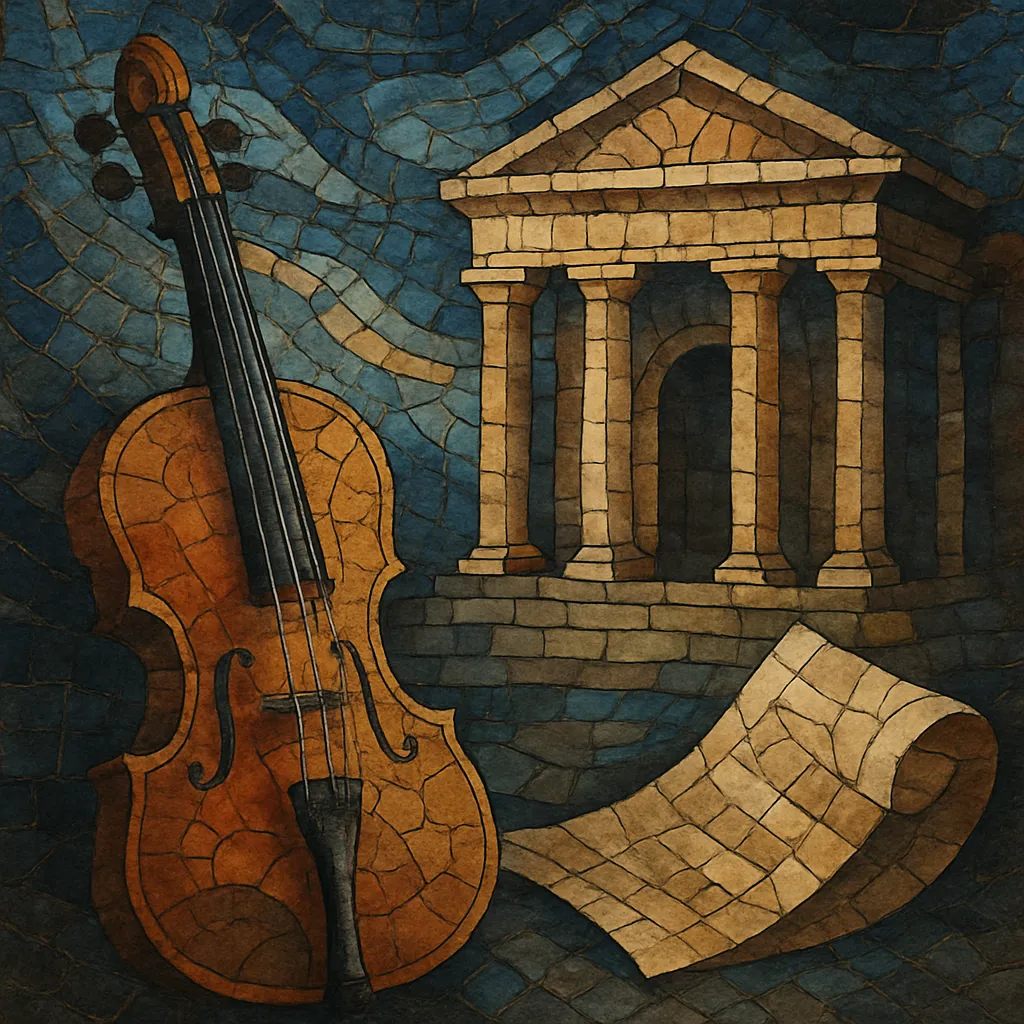
Cinematic classical is a contemporary stream of concert and media-oriented composition that merges classical orchestration with the pacing, narrative arcs, and textural sound design of film music.
Typically centered on piano and strings, it favors slow-moving harmonies, ostinatos, spacious reverb, and emotive, diatonic melodies that build in dynamic intensity. Many works adopt a minimalist or post-minimalist vocabulary—repetition, gradual change, and clear tonal centers—while incorporating modern production techniques (felt piano, tape saturation, synth pads, subtle pulses) to achieve a widescreen, evocative sound.
The style thrives both in standalone albums and in sync contexts (film, TV, trailers), where self-contained “cues” develop clear arcs—intro, build, climax, release—designed to support visual storytelling without sacrificing musical integrity.
The roots of cinematic classical lie in the convergence of late-20th-century classical currents and film scoring practice. Minimalism and post-minimalism popularized repetition, pulse, and gradual transformation, while the flourishing of film and TV music shaped how composers crafted narrative arcs and dramatic climaxes.
In the 2000s, labels and composers began presenting this hybrid language as album-centric “post-classical” works that were equally at home on concert stages and in visual media. The sound emphasized intimate recording (close-miked pianos, chamber strings), tonal clarity, and production aesthetics (reverb, subtle electronics) that felt cinematic even outside film.
The 2010s brought mainstream visibility via streaming playlists, prestige TV, and arthouse cinema. Composers explored broader palettes—prepared piano, modular synths, and extended techniques—while maintaining accessible harmonic language. Today, cinematic classical serves as both a listening genre and a toolbox for editors and music supervisors, linking concert tradition with contemporary media storytelling.

